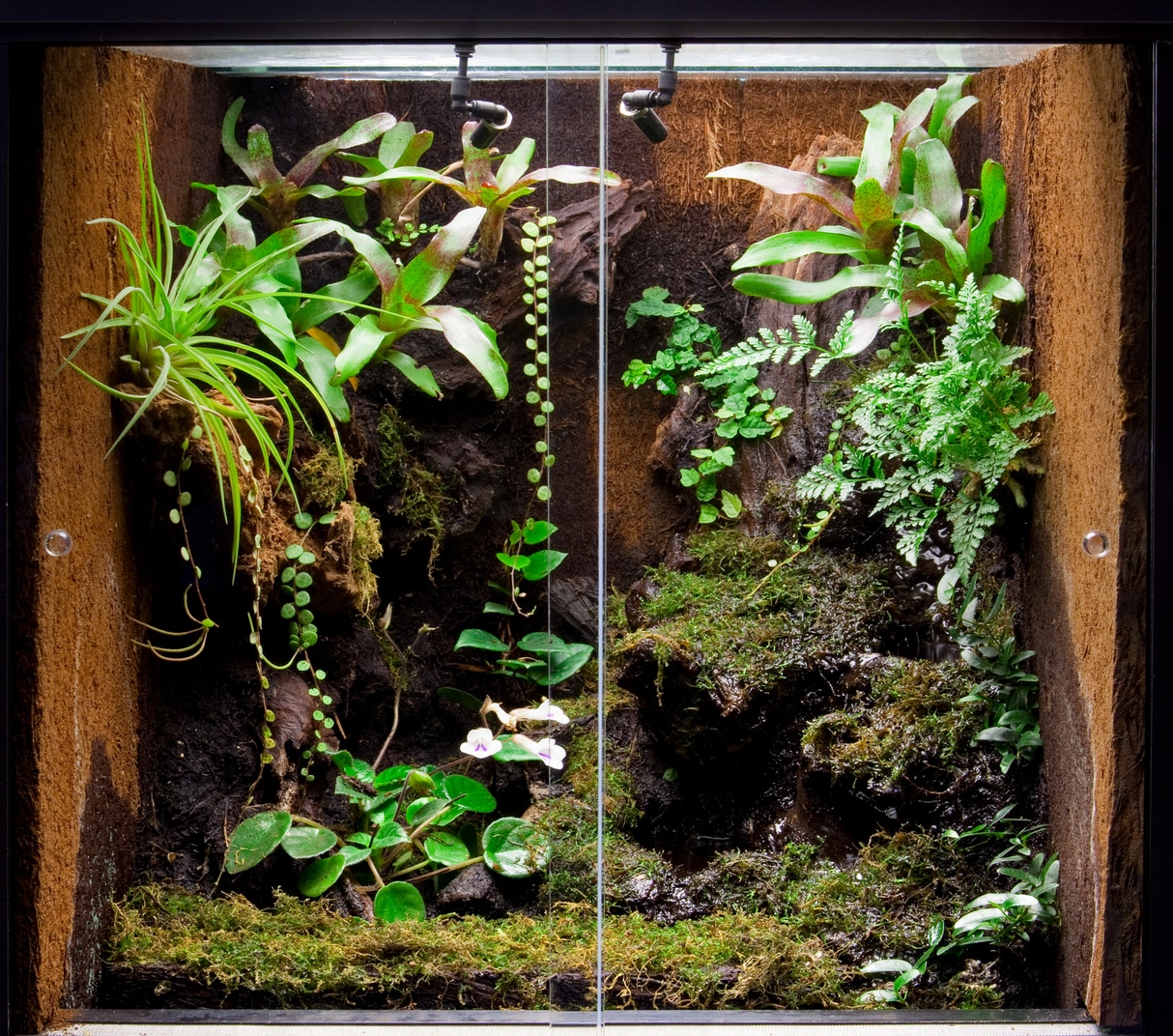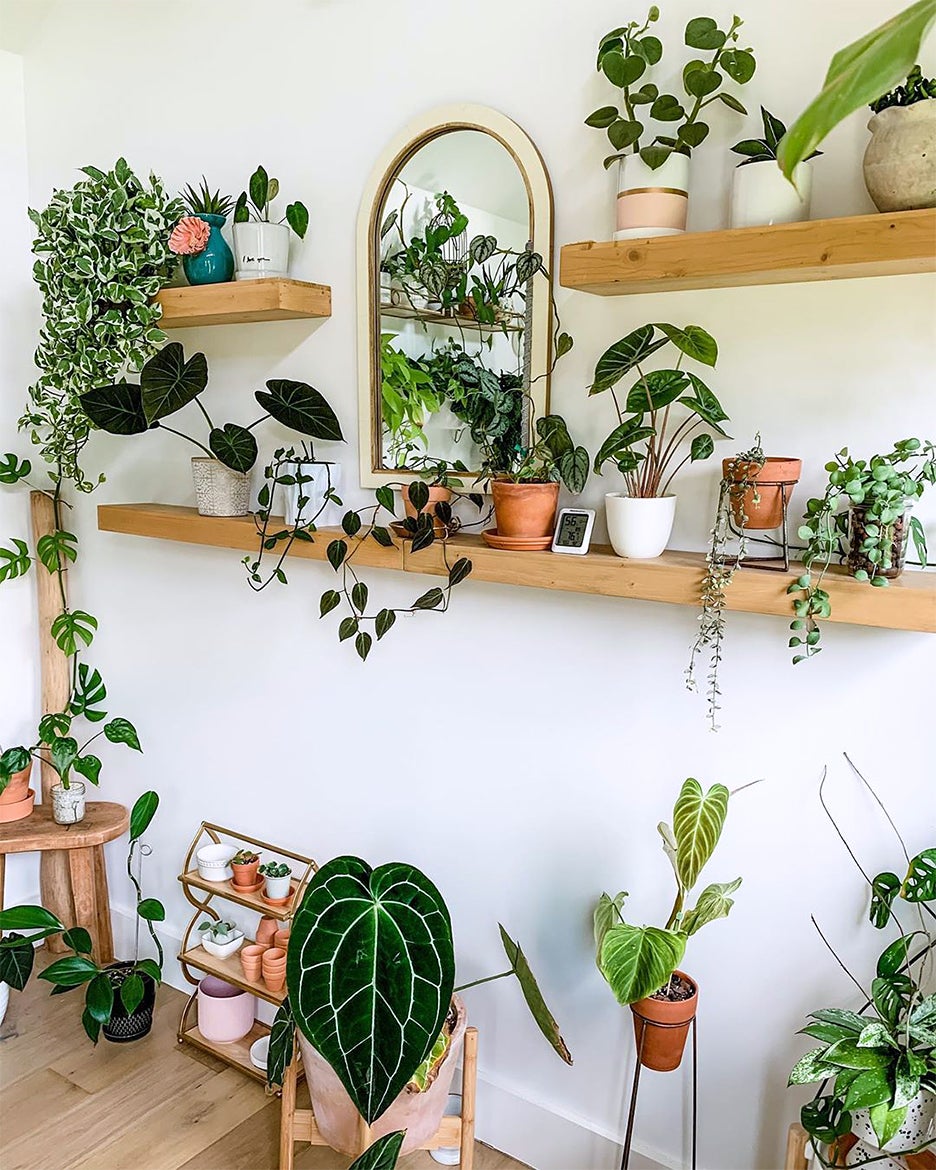When Your Plant Feels Stuck: Spotting Root-Bound Symptoms Early
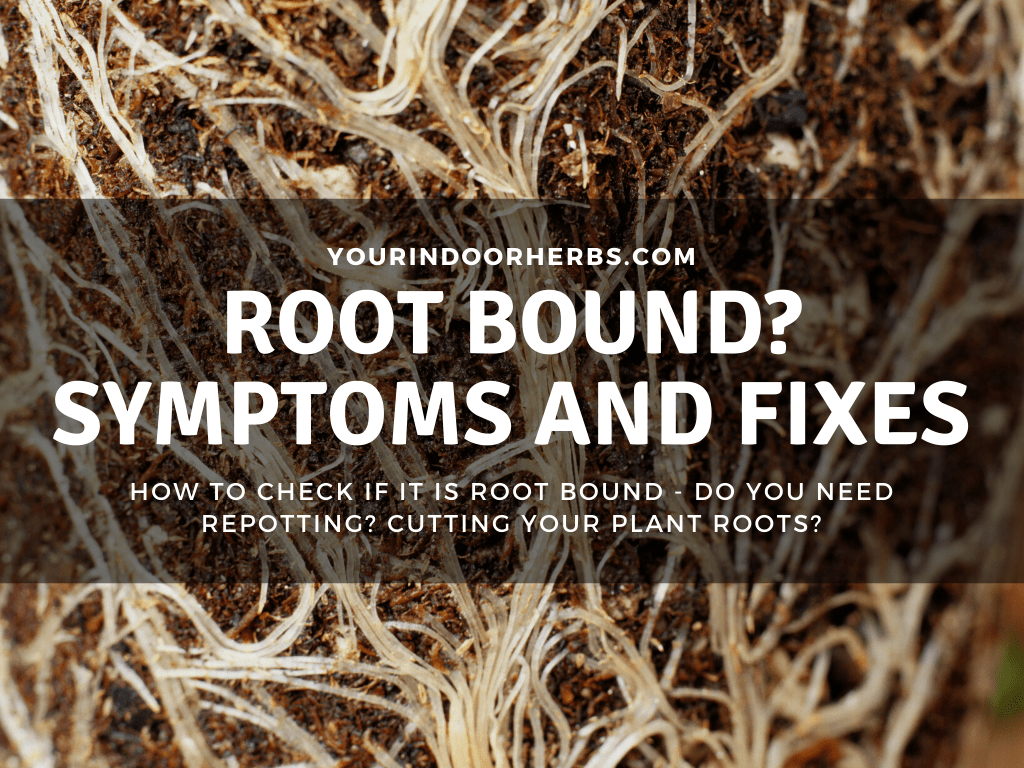
The moment you spot your plant drooping or stubbornly refusing to put out new growth, it’s hard not to wonder: Is something wrong…or am I just being paranoid? Underneath those yellowing leaves and sluggish stems, there’s often a hidden stress response at work—a classic case of root-bounding.

But why does being root-bound wreak such havoc on plants? Here’s where psychology meets botany. Just like people perform poorly when crowded or constrained, plants react strongly when hemmed in by their own roots. The science is clear: a chronically confined root system triggers a cascade of stress hormones (notably abscisic acid), leading to slowed metabolism, lower nutrient uptake, and an acute “fight-or-flight” mode for survival. In effect, your ficus starts “panicking,” sending every signal it can—including wilting and leaf drop—to alert you that its underground world is maxed out.
Let’s look at how these symptoms play out—and how to interpret them through the lens of plant stress psychology:
Root-Bound Symptoms: What They Signal Beneath the Surface
- Roots pushing through drainage holes isn’t just unsightly; it’s desperation. Plants naturally seek new territory when resources dwindle—root escape attempts are direct evidence they sense their environment as hostile.
- Stunted growth reflects a self-preservation strategy seen in both plants and animals under duress: conserve energy and halt all risky expansion until safety returns.
- Yellowing lower leaves are selectively sacrificed—plants will cannibalize expendable tissue to keep core systems alive, much like dropping ballast from a sinking ship.
- Soil drying unusually fast reveals another piece of the puzzle. Just as humans get thirsty faster under stress (think panic sweat), overpacked roots suck moisture dry with nowhere healthy to store or redistribute it.
During my early years growing houseplants—a period marked by trial, error, and more than one near-miss—I used to misread these flags as simple nutrient deficiencies or quirks of potting mix. It wasn’t until back in 2017 I tried an experiment: two identical pothos plants; one routinely repotted each spring, the other left in its original nursery pot “until necessary.” By month ten, the container-bound pothos was half the length with pale mottled leaves—the visual difference was stark—but what fascinated me most was what happened after repotting. Within two weeks, even that scraggly survivor began pushing out vigorous shoots.
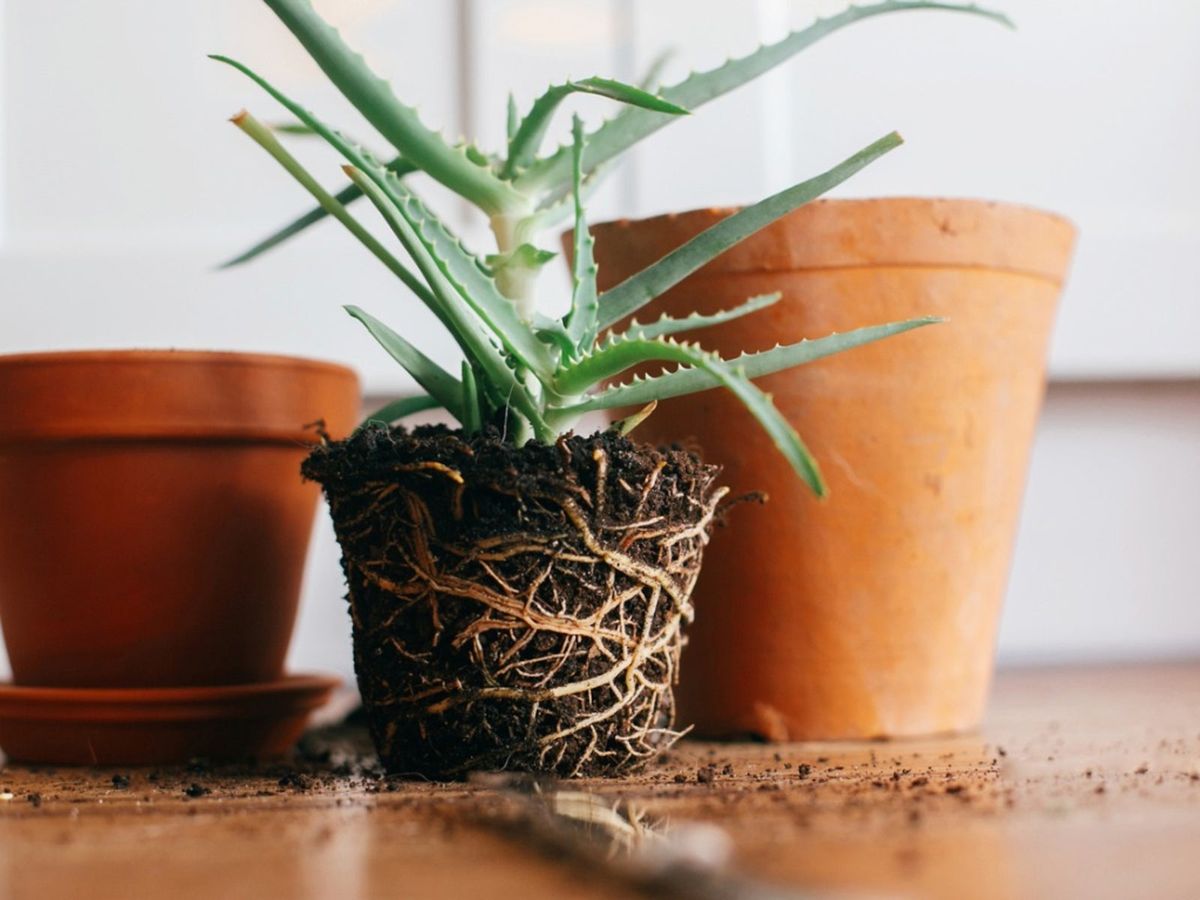
Behavioral Patterns: Plants Mirror Their Roots
A core psychological insight here is that visible problems almost always follow deeper (literally) constraint below the surface. Think of a team crammed into a tiny workspace—they clash more often, share less freely, stall creative growth. Your plant isn’t “failing”; it’s responding rationally to chronic crowding.
When you pull an unhappy plant from its pot and see roots swirling around in tight circles—that dense mat sobering for any grower—you’re looking at months or years of unmet need for space and new resources. This encounter is forensic botany: The plant has done everything possible to adapt; once capacity runs out, decline accelerates rapidly.
Why Repotting Works (and Why Timing Matters)
Giving roots space acts like opening windows in a stuffy room—it restores options. Psychologically speaking (from the plant’s chemical perspective), decompressing circling roots resets internal signaling pathways almost instantly:
- Water absorption normalizes
- Stress hormone production drops
- New meristematic zones (future growth tips) activate
Timing amplifies this effect. Repot during peak active growth—usually spring or early summer—and you’ll witness remarkable rebounds within weeks as hormonal balances tip toward vigor rather than defense.
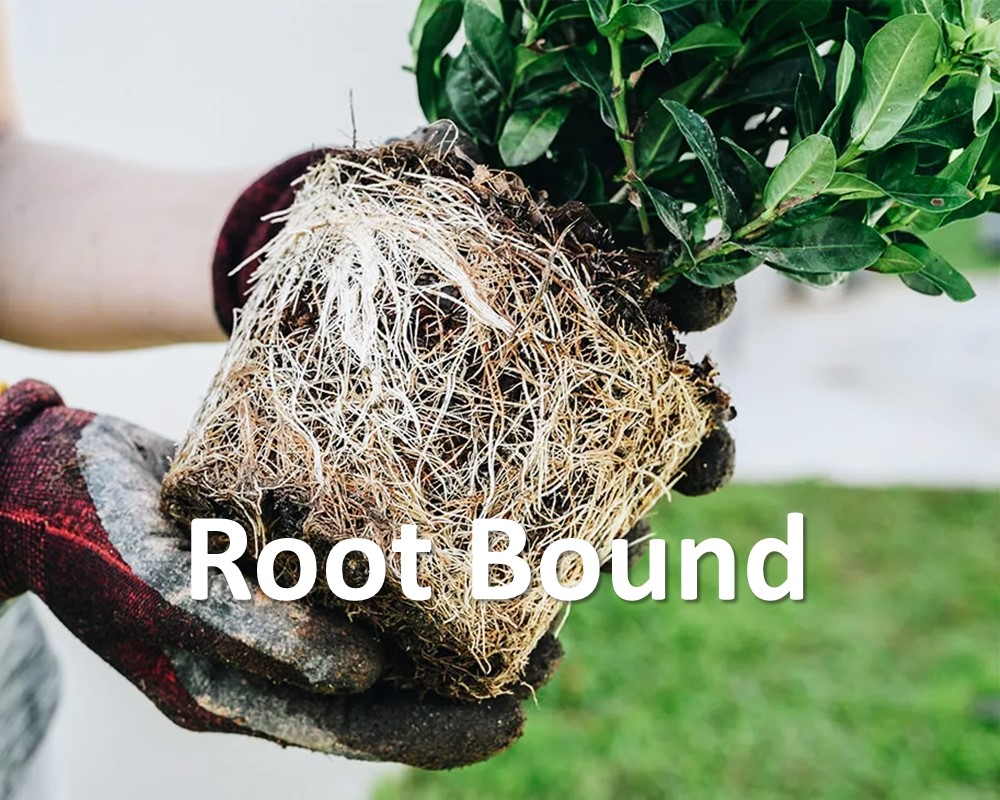
Common Missteps Learned Firsthand
I still remember my first repotting disaster with a jade plant back in 2019—I got impatient while prying apart an especially stubborn root ball and ended up snapping several thick taproots clean off. Predictably, recovery lagged for months instead of weeks; lesson learned: gentleness saves time long-term.
More recently—with a peace lily showing puzzling leaf tip browning despite ideal watering—I checked beneath the soil and found not spiraling but blackened, squishy roots: classic root rot from poor drainage rather than root bounding. Insight? Always diagnose before intervening; appearances trick even seasoned hands.
Post-Repot Psychology—for You and the Plant
After ensuring roomier quarters with fresh mix (I aim for an extra inch all around; more risks water logging), watch not just for transplant shock but for subtle shifts—the first turgid new leaf standing confidently upright after days slouched over is incredibly satisfying.

From an analytical angle: Keep costs moderate by reusing cleaned pots (+$2 per spring on fresh soil) and maintain annual reminders on your calendar for check-ups—the data shows even a single yearly intervention can double overall houseplant lifespan compared to neglected specimens (Journal of Urban Horticulture, 2021).
Preventative Methods Rooted in Behavioral Science
The real trick isn’t fixing root-bound cases—it’s designing routines that anticipate them:
- Incorporate biannual “health checks”: lift your fastest-growing pots mid-season; if resistance is high or roots are visible above/below soil line, time to repot.
- Use transparent nursery pots occasionally—they make monitoring easier if aesthetics allow.
- Make moderate “pot upgrades” only—jumping too big too soon induces stress similar to moving into an echoingly empty house.
With each intervention learned through successes and mistakes comes increased intuition—not just about what your green companions need but when they’re subtly asking for help even before decline sets in.
Final Thought
At its core, tending plants well means learning their psychological rhythms—tracking how constraint manifests as outward distress signals…and responding with empathy grounded in evidence. When you pry away those spiraled mats of old roots and tuck them gently into loamy freedom again—you’re not just fixing symptoms; you’re restoring biological optimism at its deepest level.
Every rescue carries new wisdom forward: sometimes what looks like failure is just deferred flourishing waiting on better conditions—and a bit more room to grow.


